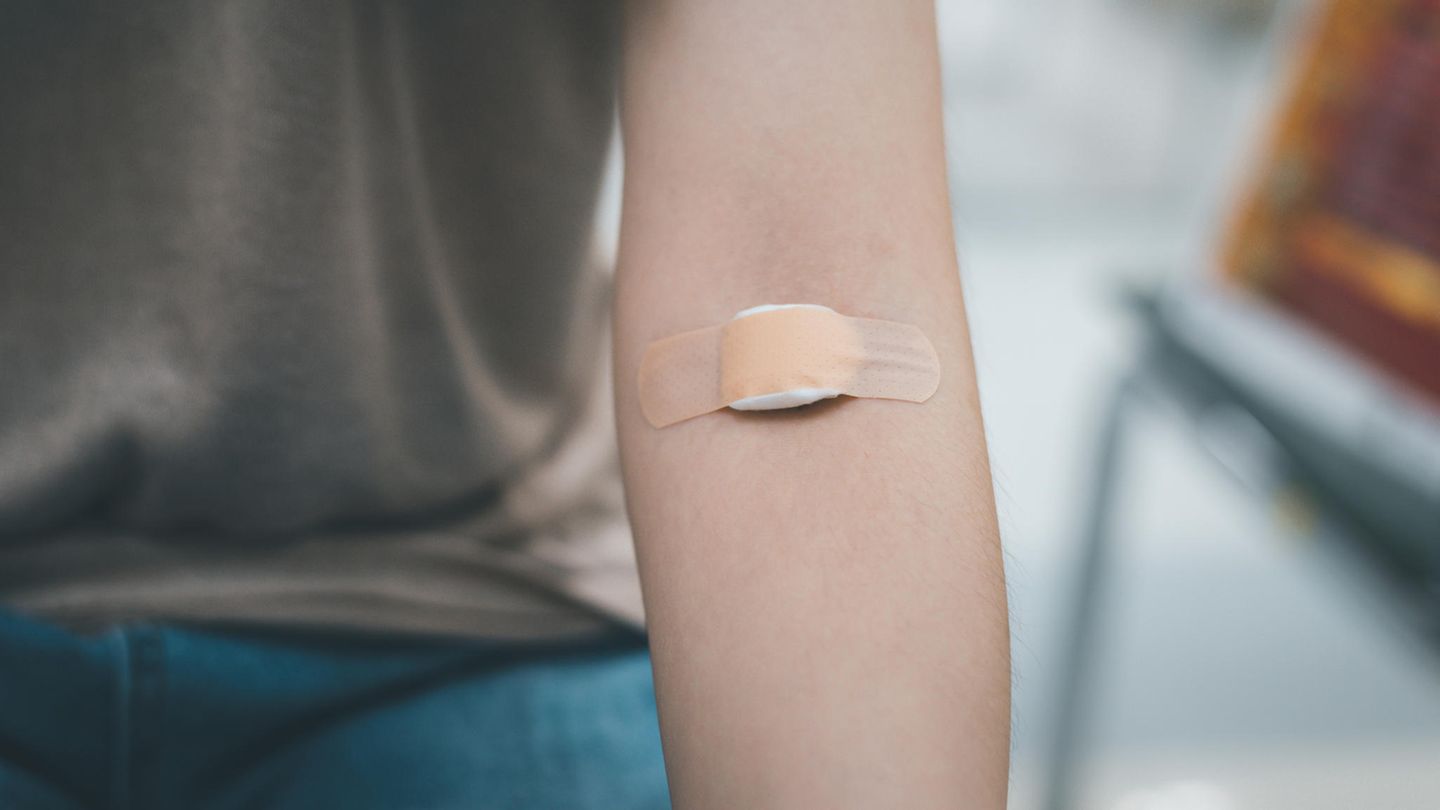Always tired and no idea why? A full blood count can help identify what’s troubling the body. But it’s not as extensive as one might think. What is the use and what the values mean.
Big blood count, that sounds like an all-round health check. As if you could use the values determined in this way to see exactly how well the body is set up and find answers as to why we can’t sleep as much as we are tired or why our mood is once again on a roller coaster. The truth is different. Because the complete blood count is more of a manageable blood count. It includes just 20 blood values, hormones, organ values, vitamins and micronutrients are not included. So what is the use of the full blood count and how do you read the values?
“Ultimately, the full blood count gives us a big picture of the different individual blood cells,” writes doctor Thiemo Osterhaus . This means erythrocytes (red blood cells) and their indices (i.e. certain values that can provide information about the functional status of the erythrocytes), leukocytes (white blood cells) including their subfractions and thrombocytes (blood platelets). These values provide indications of severe blood diseases, they can also indicate deficiency symptoms.If there are such signs as, for example, a deficiency in B12 or iron, the specific values are measured again for a clear result.
The most important values of the blood count
Leukocytes (WBC, Leuk/Leuko), also known as white blood cells. They are important for the immune system and work against infections and inflammation. If their value is increased, this can also indicate stress or a drug reaction, among other things. Conversely, autoimmune diseases and viral diseases, for example, can lead to a reduction in leukocytes. In the case of leukemia, the number of white blood cells can both increase and decrease. The reference range for leukocytes is from 4.2 to 11.2 cells per nanoliter (nl).
Erythrocytes (RBC or Ery), also known as red blood cells, are mainly responsible for transporting oxygen. If the number of erythrocytes is too low, this can be an indication of anemia, which can be caused by malnutrition, metabolic disorders or blood loss, for example. If the red blood cells are detectable in the blood in increased numbers, this can come from smoking, among other things, but it can also indicate a type of cancer. The limit here is between 4.4 per picoliter (pl) and 5.9 per picoliter (pl).
Hemoglobin (Hb) is a blood pigment. The amount of hemoglobin is therefore decisive for the color intensity or color weakness of the blood. The Hb value provides information, for example, as to whether anemia or iron deficiency is present.
MCH (HbE) is the value that indicates how much hemoglobin is present per erythrocyte. The reference range is 26.7 to 32.8 picograms (pg).
MCHC stands for the concentration of hemoglobin in the total mass of red blood cells. If there is an iron deficiency, this can cause the MCHC concentration to decrease.
Hematocrit (Hct, Hkt/Hk). This value shows the ratio of blood and cellular components and provides information about the percentage of erythrocytes by volume. If there is too much hematocrit in the blood, caused for example by doping or lung diseases, it becomes more viscous. A low number can be caused, among other things, by chronic kidney failure. The reference values differ from sex to sex and laboratory to laboratory and are between 34.7 and 46 percent.
mcv indicates the average erythrocyte volume. The effect: small volume, small cell and large volume, large cell. Reference range between 83 and 101 femtoliter (fl)
“It couldn’t be healthier”
These dishes by Anne Fleck make you feel more vital with every bite
Platelets (PLT or Thro/Throm) are the platelets that are responsible for blood clotting. If their value is too low, this can be due to anemia or, among other things, to diseases of the blood vessels or kidneys.
Blood test like “TÜV” for humans
The small blood count is covered with this data. The complete blood count also measures the levels of certain white blood cells. There are ten of these special leukocytes in total, including granulocytes, which mainly fight and kill bacteria, or monocytes, which help with wound healing, among other things.
We check the oil level in the car regularly, and we should do the same with the oil level in our body, the blood values, says Osterhaus. “These will tell you if you’re getting minimal or optimal care. Your regular doctor’s visit can be your ‘TÜV’ – you’ll find out something’s wrong before your body sends uncomfortable signals.”
Further information are available here.
Source: Stern
I’m Caroline, a journalist and author for 24 Hours Worlds. I specialize in health-related news and stories, bringing real-world impact to readers across the globe. With my experience in journalism and writing in both print and online formats, I strive to provide reliable information that resonates with audiences from all walks of life.




